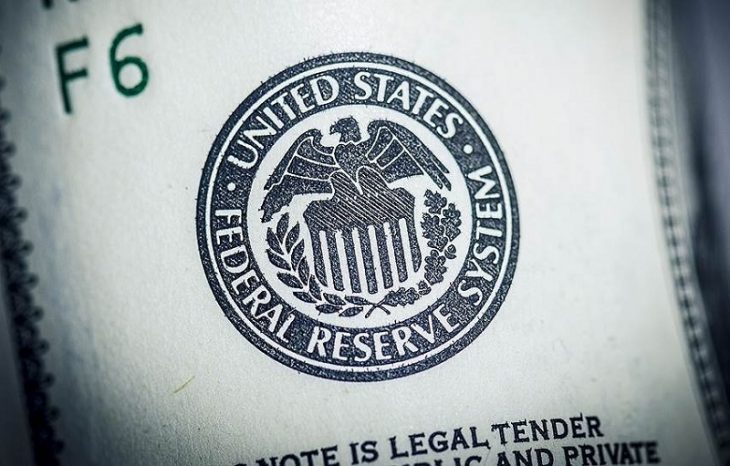
The US Federal Reserve System (Fed) and prospects for further tightening of monetary policy. Alexander Sivtsov.
The article will focus on the financial institution, to the activities of which market participants pay special attention, namely on the Federal Reserve System of the USA.
The Federal Reserve System is a specially created independent federal agency that performs the functions of the US Central Bank and exercises control over the country’s commercial banking system. The bank was established on December 23, 1913 and consists of 12 Federal Reserve banks, which are located in the largest US cities. In spite of the fact that the government plays the main role in the management of the bank, the form ownership is private – a joint-stock company with a special status of shares.
The main task of the Federal Reserve is to regulate monetary policy by changing the main interest rates and programs to stimulate the economy. The decision on further development of monetary policy is taken by the Federal Open Market Committee (FOMC). The meetings of the committee, as well as the speeches of the heads of the Federal District Banks, which are members of the FOMC, often cause considerable unrest in the international foreign exchange market.
Monetary policy of the Federal Reserve System
In December 2016, after the Fed completely curtailed the quantitative easing program, for the first time since June 2006 the interest rate of the Central Bank was raised. After this, market participants began to closely monitor new signals of further tightening of monetary policy. To date, the discount rate of the Fed is at the level of 1.25% and this is still quite low. Investors are eagerly awaiting another increase, as the growth of the discount rate makes the US an increasingly attractive country for investment.
Prospects for the monetary policy of the Fed
According to the plans of the Fed, the discount rate will be changed this year only once more and this tightening is projected in December this year. The main role in further tightening of monetary policy is played by inflation and the US social sector. According to the latest data, the inflation rate is 1.7%, compared to February’s 2.7%. The main reason for this change in the level of inflation is the change in oil prices. The decline in the unemployment rate and the steady growth in employment remains optimistic for a stronger tightening of the Fed’s monetary policy in the future. These two indicators will significantly affect the state of the US dollar in the international market.
In addition to the main economic indicators, the role of the monetary policy of the Fed can be further played by the activities of the Donald Trump administration, namely his plans for fiscal reform. Since the Fed considers it necessary to assess the impact of reforms on the economy before taking the next step in tightening monetary policy. Most likely, the further development of the US economy will not be able to change the FRS’s plans for the current year, but plans for the future may be revised. And this can strengthen or weaken the optimism of market participants regarding the US currency.
Read the opinions of experts on the website of the Ester Holdings Inc. Company to be aware of the current state of the market, the plans of the central banks of the leading countries of the world and the further price changes for the main instruments of the market.
Alexander Sivtsov